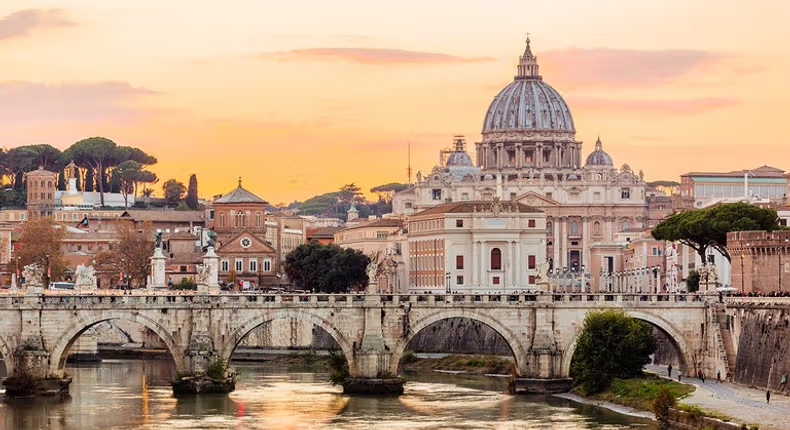Vatican City, located in the heart of Rome, Italy, is an independent country despite being surrounded by the Italian capital. Its small size may surprise many, as it covers only 0.49 square kilometers (0.19 square miles), making it the smallest country in the world by land area. To put this in perspective, Vatican City could fit inside the Lekki Conservation Centre! With a population of around 800 residents, it feels more like a close-knit community than a typical nation.
WHO LIVES IN VATICAN CITY?
The population comprises cardinals, priests, nuns, and a small number of laypeople, primarily workers connected to the Church. Among them are the Swiss Guards, highly trained soldiers responsible for the Pope’s security, dressed in their distinctive colorful uniforms.
Millions of visitors flock to Vatican City each year to see its renowned religious and cultural landmarks, such as St. Peter’s Basilica, the Sistine Chapel, and the Vatican Museums.
A RELIGIOUS HUB
As the center of the Roman Catholic Church, Vatican City is the residence of the Pope, who serves as both the spiritual leader of over 1.3 billion Catholics and the head of state of Vatican City. The Papal Basilica of St. Peter, one of the largest churches globally, and the Sistine Chapel, famous for Michelangelo’s stunning ceiling, attract pilgrims and tourists alike.
ECONOMY AND GOVERNANCE
Vatican City operates as an independent state, with the Pope governing alongside advisors and administrative bodies. Latin is the official language. The economy primarily relies on tourism, with visitors paying to tour museums and purchase souvenirs. Donations from Catholics worldwide also contribute to its financial stability.
HISTORY AND INDEPENDENCE
Vatican City became a sovereign state in 1929 through the Lateran Treaty between the Holy See and Italy. Before this, popes ruled over the Papal States, which were absorbed into Italy during the 19th century. The treaty ensured Vatican City’s independence, allowing the Church to govern its affairs.
For Catholics globally, Vatican City remains a place of immense spiritual significance, wielding ongoing influence in religious matters.

